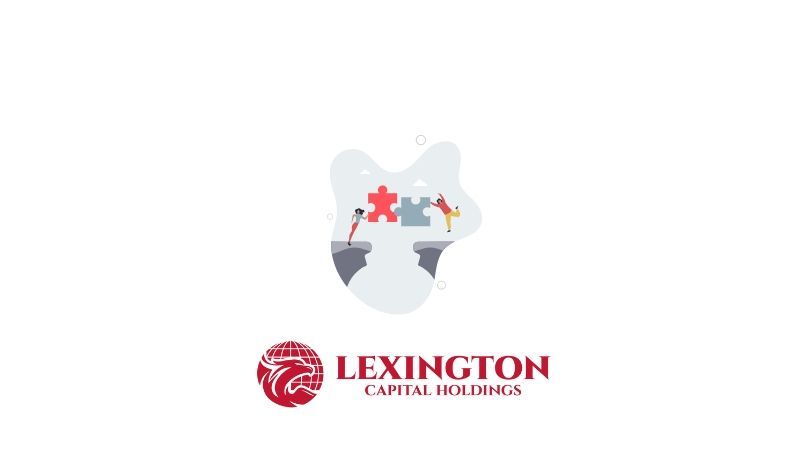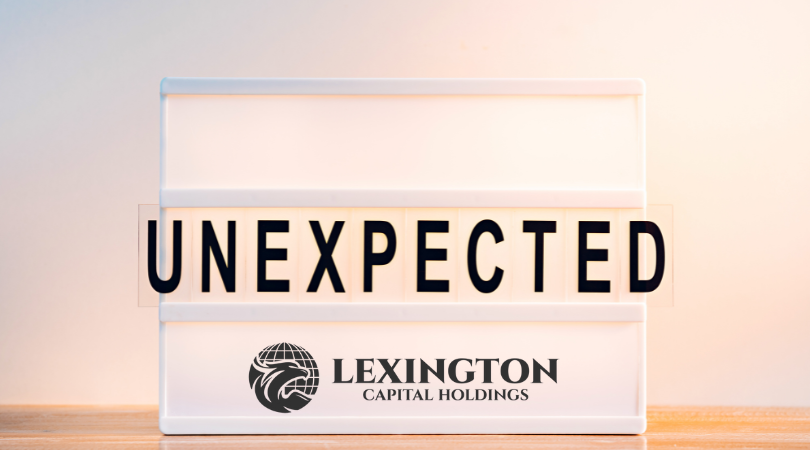Why Video Content Should Be Part of Every Business's Marketing Strategy in 2025
Why Video Content Should Be Part of Every Business's Marketing Strategy in 2025
As we step into 2025, video content continues to dominate the marketing landscape. What was once a nice-to-have has become a must-have for businesses aiming to stay competitive, engage audiences, and drive results. The numbers speak for themselves—over 80% of online traffic now comes from video consumption, and platforms like TikTok, YouTube, and Instagram have made video the preferred medium for consumers worldwide.
If your business hasn’t embraced video yet, here’s why 2025 is the year to make it a cornerstone of your marketing strategy—and how to get started.
Why Video Content Works
Video is engaging, accessible, and versatile. Unlike text or static images, it combines visuals, sound, and storytelling to create a dynamic experience that captures attention and builds emotional connections.
Key benefits of video content include:
Higher Engagement Rates: Videos are more likely to stop scrolling thumbs, increase clicks, and drive shares compared to other content types.
Stronger Brand Recall: Audiences retain 95% of a message when they watch it in a video versus only 10% when reading it in text.
Improved SEO Performance: Video content increases dwell time on your website and boosts rankings on search engines.
Adaptability Across Platforms: From short TikToks to long-form YouTube tutorials, videos can be tailored to fit any platform and audience.
Video Trends to Watch in 2025
Staying ahead of trends ensures your video marketing strategy stays relevant and impactful. Here’s what’s shaping the video landscape in 2025:
Short-Form Video Dominance
- Platforms like TikTok, Instagram Reels, and YouTube Shorts have made short, snappy videos the norm. Businesses are using this format to deliver quick tips, product showcases, and behind-the-scenes glimpses.
Live Video
Live streaming is increasingly popular for Q&A sessions, product launches, and interactive events. Platforms like Facebook Live and LinkedIn Live allow businesses to engage audiences in real-time.
Personalized Video Marketing
- Personalized videos, such as thank-you messages or tailored product recommendations, are becoming a powerful way to build customer loyalty.
Educational Content
- Tutorials, how-tos, and explainer videos are in high demand as businesses position themselves as thought leaders in their industries.
360-Degree and Interactive Videos
- Immersive video experiences are gaining traction, especially in industries like real estate, travel, and retail.
Tools and Platforms for Creating Video Content
You don’t need a Hollywood budget to create impactful videos. With the right tools and platforms, businesses of any size can produce professional-looking content.
Editing Tools:
- Canva Video: User-friendly and perfect for beginners.
- Adobe Premiere Pro: A professional tool for high-quality edits.
- CapCut: Ideal for creating TikTok or Instagram Reels with ease.
Scripting and Storyboarding:
- Storyboard That: Helps you map out your video narrative.
- Vidyard: Great for personalized, script-driven marketing videos.
Video Hosting Platforms:
- YouTube: Best for long-form, evergreen content.
- TikTok and Instagram Reels: Perfect for short, attention-grabbing videos.
- LinkedIn: Ideal for B2B-focused, professional video content.
Live Streaming Tools:
- Restream: Stream to multiple platforms simultaneously.
- StreamYard: Easy setup for live interviews, webinars, or virtual events.
Analytics Tools:
- Vidooly: Provides insights into your video’s performance.
- TubeBuddy: Optimizes YouTube content for maximum reach.
How to Get Started with Video Marketing
If you’re new to video content, start small and scale as you gain confidence and see results. Here’s a step-by-step plan:
Define Your Goals:
- Do you want to increase brand awareness, drive website traffic, or boost sales? Knowing your goals will shape your video strategy.
Understand Your Audience:
- Create content that speaks to your target audience’s needs and preferences. For instance, educational content works well for B2B audiences, while entertaining, quick clips are better for younger demographics.
Start with Simple Formats:
- Test out product demos, testimonials, or team introductions. You don’t need advanced editing—authenticity often outperforms polish.
Be Consistent:
- Develop a posting schedule to keep your audience engaged and coming back for more.
Analyze and Improve:
- Use analytics tools to measure performance and refine your approach. Pay attention to metrics like view duration, shares, and click-through rates.
Final Thoughts
Video content is no longer an option—it’s a necessity for businesses looking to stand out in 2025. With the right approach, you can create engaging, impactful videos that drive results without overextending your budget or resources. Whether it’s a quick Instagram Reel or an in-depth YouTube tutorial, every video is an opportunity to connect with your audience and grow your brand.
Ready to take your marketing strategy to the next level? Start rolling the camera—it’s your time to shine!

When you apply for business funding, your application goes through a critical stage—underwriting. This is where lenders evaluate risk and determine whether your business qualifies for financing, and under what terms. Understanding what underwriters look for can help you strengthen your application, avoid delays, and increase your approval odds.

Not every business enjoys a steady stream of income. For many companies—especially those in seasonal industries, contracting, or project-based work—revenue can shift dramatically from month to month. These ups and downs are normal, but they can make managing cash flow, payroll, and operating expenses challenging. At Lexington Capital Holdings, we understand that fluctuating revenue doesn’t mean instability—it just means you need the right financial tools to stay balanced and grow confidently.

The Challenge of Hyper-Growth For many startups, growth isn’t the problem—it’s managing it. Rapid scaling demands capital for hiring, marketing, technology, and operations. But too often, founders find themselves cash-strapped right when they need resources the most. Choosing the right financing strategy can be the difference between sustainable growth and burning out too soon.

When it comes to business financing, the terms you secure are just as important as the funding itself. Lower interest rates, flexible repayment schedules, and higher approval amounts can mean the difference between simply surviving and setting your business up to thrive. The good news? Business owners often have more negotiating power than they realize. At Lexington Capital Holdings, we’ve seen firsthand how preparation and strategy can help secure stronger terms. Here’s how you can do the same:

For many businesses, waiting on customer payments can feel like standing still when you’re ready to move forward. Delayed invoices, extended payment terms, or slow collections create cash flow gaps that make it harder to cover expenses, pay employees, or seize new opportunities. The truth is—even successful, profitable companies face this challenge. The key isn’t avoiding it, but managing it strategically with the right funding solutions

Securing business funding is a milestone—but the real impact comes from how you put that capital to work. Every dollar borrowed should fuel momentum, strengthen operations, and generate measurable returns. Unfortunately, too many businesses stop at “getting approved” and miss the chance to maximize their return on investment (ROI). At Lexington Capital Holdings, we believe funding isn’t just about access to capital—it’s about creating opportunity. Here’s how to ensure your financing delivers the highest ROI:

In today’s fast-paced business environment, standing out from the competition requires more than just great products and services—it takes strategy, timing, and smart financial decisions. One of the most overlooked tools in building and maintaining a competitive advantage is business financing. When leveraged correctly, financing doesn’t just help you “get by”; it can actually position your business to outpace competitors and capture new opportunities.

In business, surprises aren’t a matter of if—they’re a matter of when. Whether it’s a sudden equipment breakdown, an unexpected dip in sales, or a market shift that requires quick adaptation, unforeseen expenses can test even the most successful companies. The difference between thriving and struggling often comes down to how well you’ve prepared.

When most business owners hear the word debt, it sparks feelings of stress or risk. But here’s the truth—debt isn’t always a bad thing. In fact, when managed strategically, debt can become one of the most powerful tools to grow, stabilize, and scale your business. At Lexington Capital Holdings, we work with business owners every day who are navigating this very question: Is taking on debt the right move for me? Let’s break down the difference between “good” and “bad” debt so you can make informed financial decisions.

In today’s business world, financing options are everywhere—but choosing the right path can feel overwhelming. From traditional bank loans to alternative lending solutions, the fine print and fast-changing requirements often leave business owners spending more time deciphering funding terms than actually running their businesses. That’s where the value of a dedicated funding advisor truly shines. At Lexington Capital Holdings, we’ve seen firsthand how personalized guidance can transform the funding experience for business owners of all sizes.

